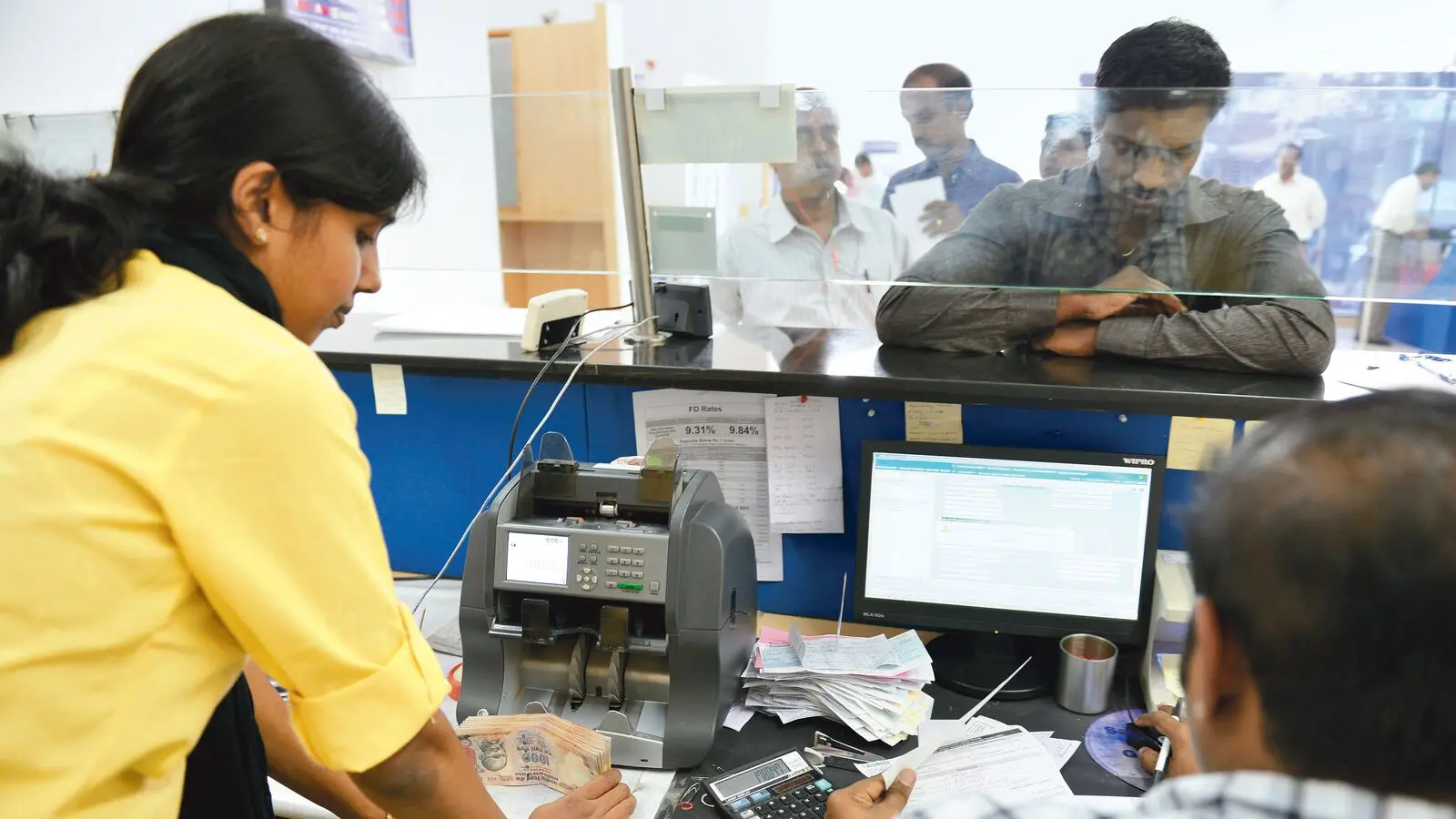New Delhi: India’s financial services department has ambitious plans to elevate at least two public sector banks (PSBs) into the world’s top 20 banks by 2047. This initiative was announced during the PSB Manthan 2025 event in New Delhi, where officials emphasized the importance of scaling up PSBs and enhancing their technical expertise to meet global standards. Following the merger of several banks in 2019, the focus is now on organic growth to expand the scale and capabilities of these institutions.
Ambitious Goals for Public Sector Banks
At a recent briefing in New Delhi, a senior official from India’s financial services department revealed the government’s goal to position at least two public sector banks among the top 20 banks worldwide by the year 2047. The initiative is part of the PSB Manthan 2025 program, aimed at discussing crucial strategies for scaling the banking sector.
Currently, the only Indian bank making it to the global top 50 is the State Bank of India, which ranks 43rd based on asset size. The official noted, “The Viksit Bharat road map that has been finalised by the government aspires to take at least two PSBs into the top 20 global banks.” To realize this vision, the banking sector must prioritize both organic growth and the adoption of advanced technical capabilities, which are essential for competing with global counterparts.
Recent Consolidation Efforts
The roots of this ambitious goal stem from a deliberate government strategy launched in 2019, which aimed to create larger banks through mergers. At that time, the Indian government made the pivotal decision to merge ten public sector banks, leading to the formation of four major banking entities. For instance, Oriental Bank of Commerce and United Bank of India merged with Punjab National Bank, creating the second-largest bank in India. Similarly, the amalgamation of Union Bank of India, Andhra Bank, and Corporation Bank established the fifth-largest PSB.
As a result of these mergers, the number of banks has dramatically reduced from 27 in 2017 to seven large public sector banks and five smaller institutions today. This consolidation indicates a trend toward achieving economies of scale, which could better position these banks for future growth. However, the official clarified that no immediate plans for further consolidations are on the table, focusing instead on organic expansion.
The Road Ahead: Focus on Customer Experience and Sector Growth
During the first day of the PSB Manthan 2025, discussions also highlighted the importance of enhancing customer experience and nurturing credit growth in critical areas such as agriculture and Micro, Small, and Medium Enterprises (MSMEs). These sectors are vital components of the Indian economy, and improved access to financing can significantly stimulate growth.
Experts emphasize the need for at least a couple of banks reaching global scale to support India’s burgeoning economy, which is on track to become the third-largest globally. As the official pointed out, “At present, the country does not have a single global-scale bank,” reinforcing the necessity of concerted efforts to uplift PSBs to international standards.
Governance and Structural Improvements
The PSB Manthan 2025 is also placing a spotlight on governance standards within banks, as well as the composition of their boards. Strong governance mechanisms are essential for ensuring transparency and accountability in banking operations, which in turn fosters public trust. This aspect of the discussion will be crucial to retaining current customers and attracting new ones to these public sector banks.
With these discussions underway, industry experts remain cautiously optimistic about the future of India’s public sector banking landscape. As the nation aspires to forge its path to becoming a global financial powerhouse, the concerted efforts during PSB Manthan 2025 could serve as a critical roadmap for the transformations ahead.
While challenges remain in terms of governance and leveraging technology, the combined vision of scaling public sector banks could pave the way for a more robust financial system that benefits not only the banking sector but the Indian economy as a whole.
Bankerpedia’s Insight 💡
India’s ambition to elevate public sector banks (PSBs) into the global top 20 is a significant step for its banking and finance sector. This move potentially enhances competitiveness, customer experience, and capital for vital sectors like agriculture and MSMEs. With only State Bank of India currently in the global top ranks, expanding PSBs will help support India’s projected economic growth. For readers, staying informed about these developments is crucial; a strong banking sector can lead to better financial services and opportunities for individuals and businesses alike.
What Does This Mean for Me? 🤔
- Salaried Person → Potential for better banking services and financial products.
- Business Owner → Increased competition and improved banking services anticipated.
- Student → Increased banking resources and opportunities for students’ futures.
- Self-employed → Improved access to financing and banking services.
- Homemaker → Improved banking services and potential better loan accessibility.
- Retiree / Senior Citizen → Stronger banks may enhance financial security for retirees.
- Job Seeker → Increased opportunities in banking and finance sectors ahead.
- Farmer / Rural Citizen → Improved banking services and credit access for farmers.
Research References 📚
- www.livemint.com
- RBI
- SEBI
- Ministry of Finance
- NABARD
- Department of Financial Services (DFS)
- IMF
- World Bank
Loved our Research? ❤️
Bankerpedia turns financial confusion into clarity!
Subscribe to our YouTube channel for unbiased insights, financial literacy & practical banking wisdom.










